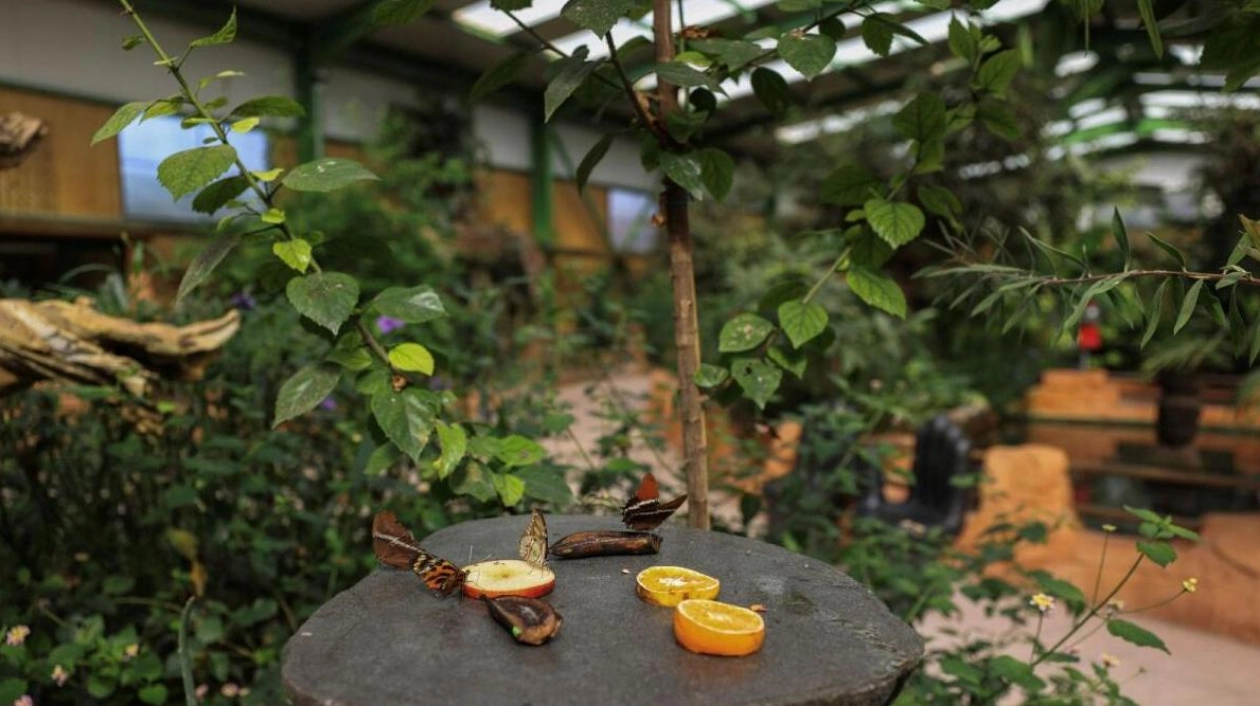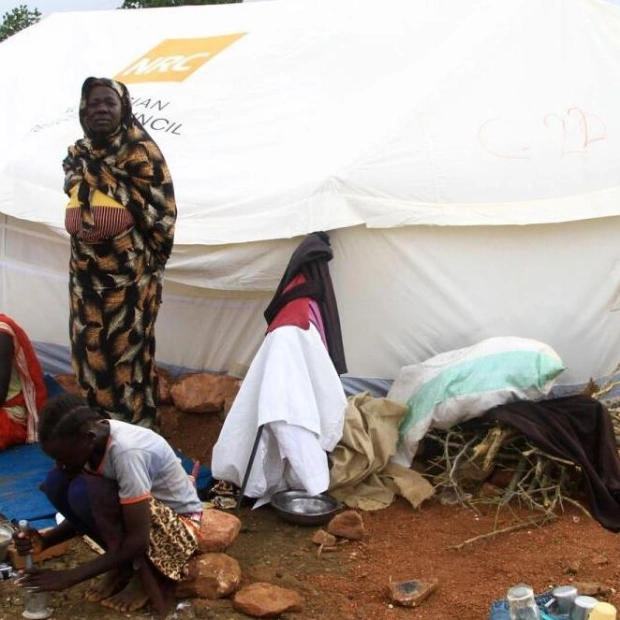At the Attica Zoological Park near Athens, Greece, colorful butterflies are seen sipping sweet juice from orange slices within a controlled enclosure. This protected environment shields them from the climate-related threats that are endangering butterfly populations not only in Greece but worldwide.
Greece, home to approximately 237 butterfly species, is experiencing a tougher life for these insects due to rising temperatures. Food sources are becoming scarce, flowering periods are shortening, and there is a growing suspicion that butterflies are shrinking in size. This issue is not unique to Greece; it is also affecting regions like Mexico and Britain, where some butterfly species have seen significant declines.
Konstantinos Anagnostellis, an agronomist, explains, "Climate change is affecting butterflies, which depend on temperature for vital activities such as mating, reproduction, growth, and feeding." Anagnostellis is part of a research team at the University of Ioannina, working on a project named MEIOSIS (the Greek word for shrinking). This project involves analyzing the body weight of over 50,000 butterfly specimens across a century to model their shrinking size in response to climate change.
The heat forces butterflies to seek cooler areas, often leading to reduced food availability. Additionally, worsening wildfires in Greece are destroying grasslands, further limiting food access, according to Anagnostellis. "If these plants are burned, there is a risk of direct mortality for the larvae, and we may not have adult butterflies to reproduce, forcing them to migrate to other areas," he warns.
Source link: https://www.khaleejtimes.com






